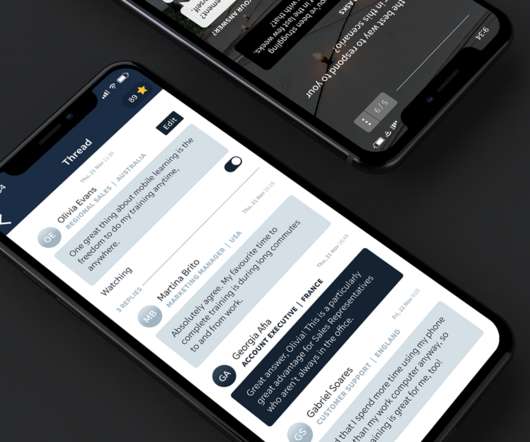The Phillips ROI MethodologyTM – Measuring Data at All Levels – Part 5
CommLab India
OCTOBER 20, 2016
In the fourth part of the series, we saw how the Phillips ROI Methodology TM suggests that measurements be taken at every level. A change in the learner’s attitude. Level 4: Business Impact. Level 5: ROI. Methods to measure: Several ROI calculating tools are available. Level 2: Learning. Customer satisfaction.

















Let's personalize your content